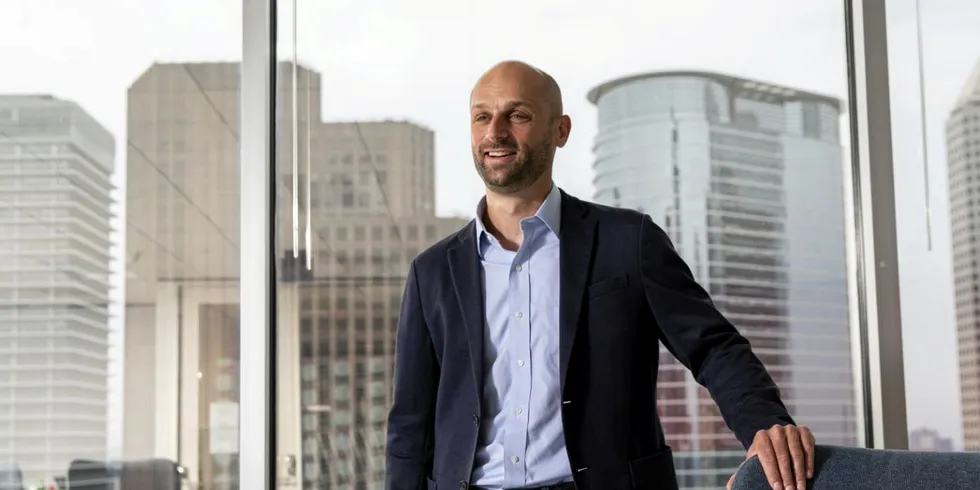Onshore wind next? | TotalEnergies US green chief hails broad appeal after latest asset swoop
EXCLUSIVE | Oil supermajor's regional renewables head sees sense in being 'in largest markets and all technologies' as French company deepens American PV footprint with SunPower deal
